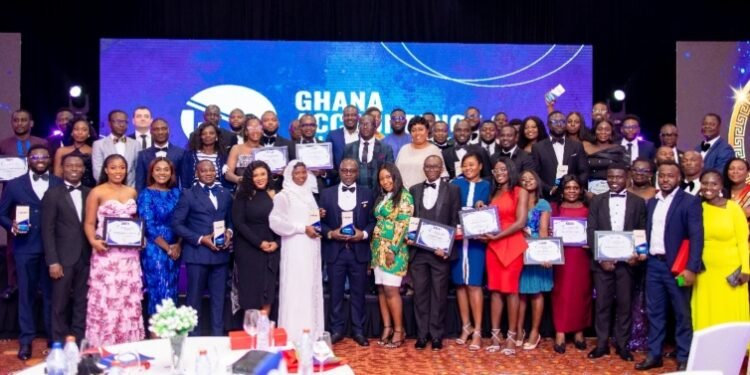Highlife’s bright guitars, swinging horns, and conversational lyrics once filled dancehalls from Accra to Lagos.
It shaped national identities, soundtracked political moments, and gave rise to musical branches across West Africa.
Today, however, its radio presence and commercial visibility have waned amid the global rise of Afrobeats, hip-hop, and electronic pop. That does not mean Highlife is dead.
Rather, like many heritage forms, it is living in fragments, in old records, in family memories, and in the DNA of contemporary West African music. If Highlife is to survive as a thriving, evolving art form, it must be revived online: archive, teach, remix, and amplify it where today’s listeners live.
Barima Sidney is confident that Highlife will always remain a cornerstone of Ghana’s music scene, insisting that the genre cannot be erased by time.
He noted that even if Highlife no longer dominates radio or streaming charts, its cultural presence is unshakable.
“Well, I think as they say Highlife never dies. Probably we’re not having more Highlife like we used to have, but then trust me, even the young ones coming up, they all know Highlife is a pillar.”
Barima Sidney
He pointed to the silence of some of the very musicians who once carried the sound, saying their lack of activity has fueled the perception that Highlife has lost relevance.
The “Africa Money” hitmaker urged veteran artists to move with the times by embracing social media as a tool to showcase the genre and connect with new listeners.
“I think it depends on how we are also doing because most of us, we laid back. We’re in an era of social media and all that, but then most of us laid back, not forgetting that you can’t just stay behind and be up there. I think the Highlife artistes, it’s time for them to come out, be on social media, I mean let people know this still exists. I think we’ll go for it.”
Barima Sidney
Highlife is deeply tied to national and regional identities. It reflects history: colonial era, independence, social change, urbanization. As long as those histories and identities matter, there will be a place for Highlife.
Why Highlife Online Revival is Essential

Online platforms (streaming, video, social media) break down geographic barriers. Highlife classics and new content reaches diaspora communities, international listeners, younger generations who might not hear it otherwise.
Digital tools reduce costs of recording, mixing, mastering, distributing. Platforms like YouTube, Spotify, Apple Music, Bandcamp, and social media allow independent artists to upload, promote, monetize their work without needing big labels or huge budgets.
Online platforms allow for interactive engagement, remixes, covers, collaborations, archival releases, digitization of old recordings, documentation. Fans share, comment, engage in ways that preserve the living culture.
By being online, the genre evolves. Blending with electronic instrumentation, modern genres, being remixed or sampled, being part of cross‑genre collaborations. This helps keep it relevant, adaptive.
Call to Action

Highlife is a living archive of West African life and creativity. It will never die so long as communities remember it, musicians draw from it, and listeners find it.
But memory alone won’t secure a future. Idividuals must move deliberately into the digital spaces where global attention now concentrates: archive its past, teach its craft, remix its sounds, and build communities around it online.
Cultural institutions, streaming platforms, producers, and young artists should treat Highlife not as a relic to be fossilized but as a foundation for new musical growth. Do that, and Highlife will not simply survive — it will thrive, renewed for listeners everywhere.
READ ALSO: Foreign Investors Drive Explosive Bond Rally as Trades Hit GH¢3.47bn





















